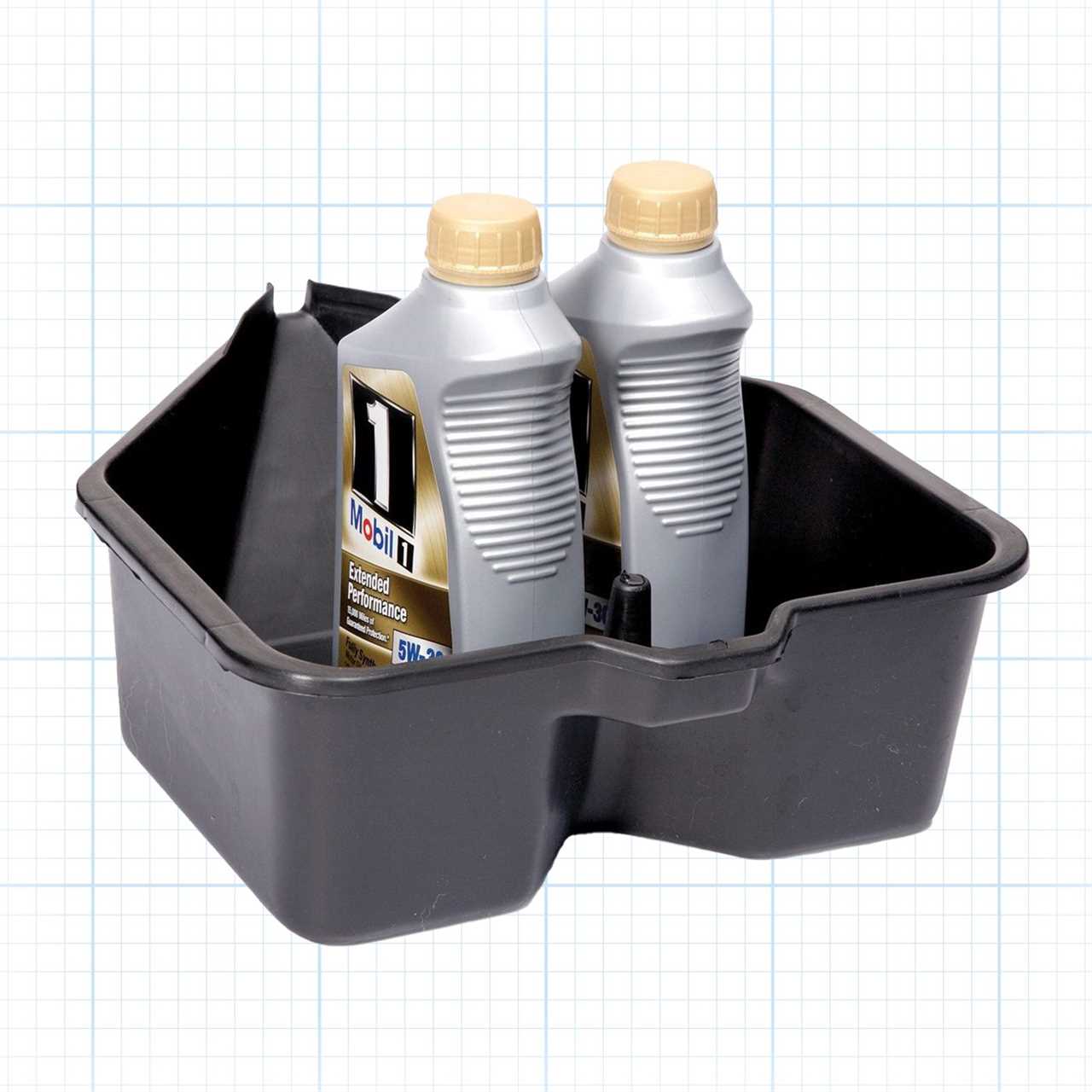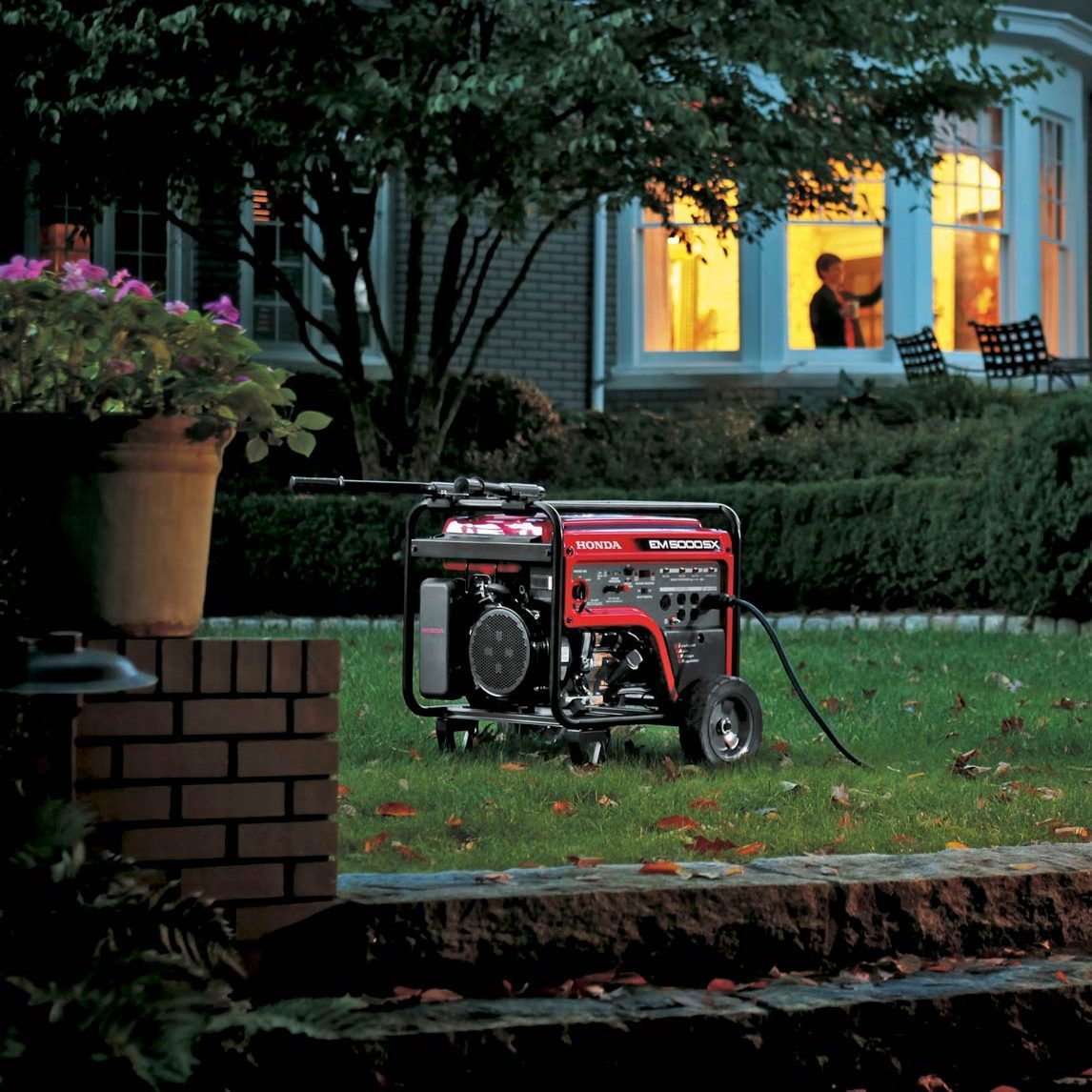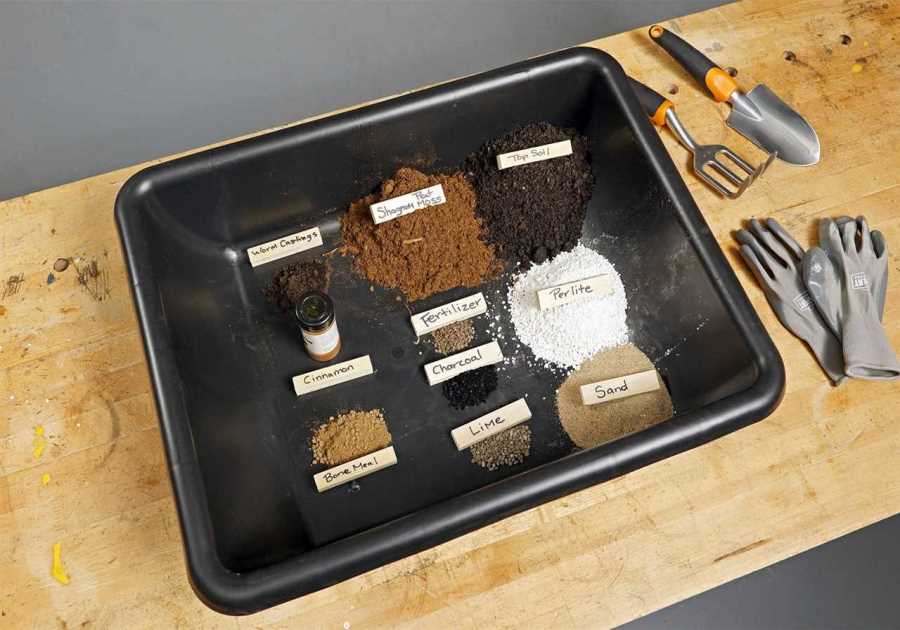A powerful spring thunderstorm rolled through Texas earlier this week, bringing eighty-mile-per-hour winds that toppled trees and knocked out power to hundreds of thousands of people, including me. Luckily, I have an emergency generator (I am an electrician, after all). So, after a few hours of nervously watching my computer’s power bar dwindle and thinking about the food in my fridge, I rolled the generator out of the garage and fired it up.
I’m glad I did. For two long days, that generator came through like a champ. No spoiled food! Over the years, I’ve used generators both at home and at work, and I’ve learned how to keep them running often through trial and error. But you don’t have to be an electrician like me to keep your generator in tip-top shape. Below, check out how to maintain your emergency generator so it’s ready to go after a storm or natural disaster.
Read the Manual
“Instructions? Who needs ’em?” I can’t tell you how many electricians I know who do things by instinct. It’s almost a matter of pride. But when it comes to generator maintenance, I do not recommend following that lead. Generators take fuel (such as gasoline or propane) and turn it into electricity, and the internal workings have many moving parts. So, take some time to read the manual. It’ll lay out maintenance details and timing requirements specific to your generator.
Run It Periodically
Don’t wait for an emergency to know if your generator works. Start it up once a month or so and run it for about 30 minutes. Once it’s running, plug in an appliance (a portable space heater is easy) to ensure it handles a load. Something with an inrush current (aka starting current), like a fridge or an air conditioner, is also a good choice. Not only will this “exercise” the generator, but it’ll alert you to problems now, reducing your stress when an actual emergency happens.
Generators emit carbon monoxide, just like car exhaust. Whether testing or running your generator, keep it at least 20 feet from your home and never place it near open windows or doors.
Use the Right Fuel
Today’s gasoline often contains ethanol, which is fine for your car engine but not great for a generator, especially in large amounts. Keep the ethanol content of your gasoline under 10% to keep it from gumming up the carburetor, and never use E85. Your best option is regular unleaded gasoline. No matter what, avoid using old, stale gas. Swap out your stored gasoline every few months.
Propane doesn’t age like gasoline does, so if your generator is propane or dual-fuel like mine, it’s fine to keep a full propane tank on hand, ready to go.
Add a Fuel Stabilizer

Gasoline breaks down over time, and the resulting gummy deposits can clog and corrode your generator. Fuel stabilizers keep gas fresh by removing water, preventing separation and cleaning the fuel system. Generator manufacturers recommend adding fuel stabilizers every time you fill the tank. Always add the stabilizer to the gas can, not directly to the generator, and run the generator for a few minutes after filling to distribute the stabilizer.
Change the Oil
Oil lubricates the moving parts inside the generator, dissipating heat. Just like your car, if you don’t change the oil in your generator, you’ll eventually regret it. Many generator manufacturers, including mine, recommend changing the oil after the first 25 hours or the first month. After the initial break-in period, switch to every 6 months or 50-hour increments (or as recommended). If you’re operating it in dusty or dirty conditions or under heavy load, change the oil once a month, no matter the hours.
Start the generator and let it run to warm up the oil. Turn it off and allow it to cool slightly. To prevent an accidental start, disconnect the battery and the spark plug boot, which is the rubber cap covering the spark plug. Place a pan under the drain plug and drain the old oil. Dispose of it in an environmentally safe manner, replace the plug and fill it with fresh oil. Check the oil every time you use the generator.
Clean the Air Filter
Clogged air filters restrict airflow into the engine, reducing the performance, efficiency and life of your generator. Clean the air filter every 6 months or 50 hours to remove contaminants and improve airflow. The foam air filter is soaked in oil, so while it’s not hard to clean, it is a little messy. Wear gloves to protect your hands.
Locate the air filter compartment and remove the filter. Submerge the filter in warm, soapy water (dish soap works great) and gently squeeze don’t wring. Once clean, refill the bowl with water and squeeze the filter to rinse. Pat dry, then air dry thoroughly.
Before putting the filter back, you have to re-oil it. Place a small amount of clean engine oil in a container and dip it in the filter. Squeeze to distribute and remove excess oil. (Too much oil will smoke when you start up the generator.) Replace the air filter after 300 hours or follow your manufacturer’s directions.
Clean the Spark Arrestor
Spark arrestors are screens that keep flammable debris from your generator’s exhaust from flying out and starting a fire. Depending on your model, the spark arrestor could be held in place by screws or a clamp, and you may have to remove a panel on the back to access it.
Let your generator cool down completely before cleaning the spark arrestor. Unscrew or unclamp the arrestor and pull it out, then scrub it with a wire brush to remove carbon deposits. Do this every 100 hours or 6 months of regular use. If you notice it’s damaged, replace it.
Check the Spark Plug

A spark plug ignites the air and fuel mixture that runs your generator, and it needs to be clean and in good condition for best performance. To inspect it, remove the spark plug boot when the engine is cool. Wipe off the area around the plug so debris can’t fall inside once you remove it from the generator.
Use an appropriately sized spark plug wrench, which might be included with your generator, or a deep socket to remove the plug. Clean the spark plug with rubbing alcohol or a commercial plug cleaner and a brush. Then, check the gap between the electrodes using a special tool called a feeler gauge or gap tool. Your generator manual will tell you what the gap should be (mine is 0.024 0.032 inch).
If you notice pitting or corrosion, or if the ceramic insulator is cracked, replace the spark plug. Otherwise, clean it every 6 months and replace it every year.
Store It Correctly
Before putting your generator away in the shed or garage, allow it to cool down for at least 30 minutes. If you’re using propane to fuel your generator, close and disconnect the tank. Wipe the generator down with a cloth to remove dust, dirt and debris, paying attention to the air vents. Cover the generator with a breathable cover to keep out dust, keep moisture down and prevent rust and corrosion.
If you are storing your generator for an extended period of time, drain the fuel tank and carburetor float bowl. Locate the drain screw at the bottom of the float bowl, and have a container ready to catch the fuel. To drain the tank, you’ll need a manual siphon. Always transfer gas into an approved container. Run the generator until it stops to use up any residual gas. Follow your manual for specific instructions.
Charge the Battery
If you know your generator will be sitting for a while, charge the battery about once a month overnight. Check to see if your generator comes with a 12-volt charging cable, and plug it into a wall receptacle. You can also put it on a trickle charger. My generator charges itself once it gets going, but not all generators do, so once again, read your manual!
FAQs
How long can a generator last if it is well-maintained?
It depends. High-end generators will likely last longer than budget ones, and a continuously running generator will wear out faster than one used after the occasional blackout. A good rule of thumb for a well-maintained portable generator is about 2,000 to 3,000 hours.
How long can a home run off of a generator?
It depends. Theoretically, a generator will run your home for as long as it keeps working. If you have to run your generator continuously, say, for weeks after a major hurricane, shut it down periodically to perform routine maintenance, as indicated in the manual.
------------------------------------
By: Ally Childress
Title: 11 Tips for Maintaining Your Emergency Generator
Sourced From: www.familyhandyman.com/article/generator-maintenance/
Published Date: Mon, 10 Jun 2024 16:35:11 +0000
Did you miss our previous article...
https://conservativedailytimes.com/lifestyle/32-mocktail-recipes
.png)





